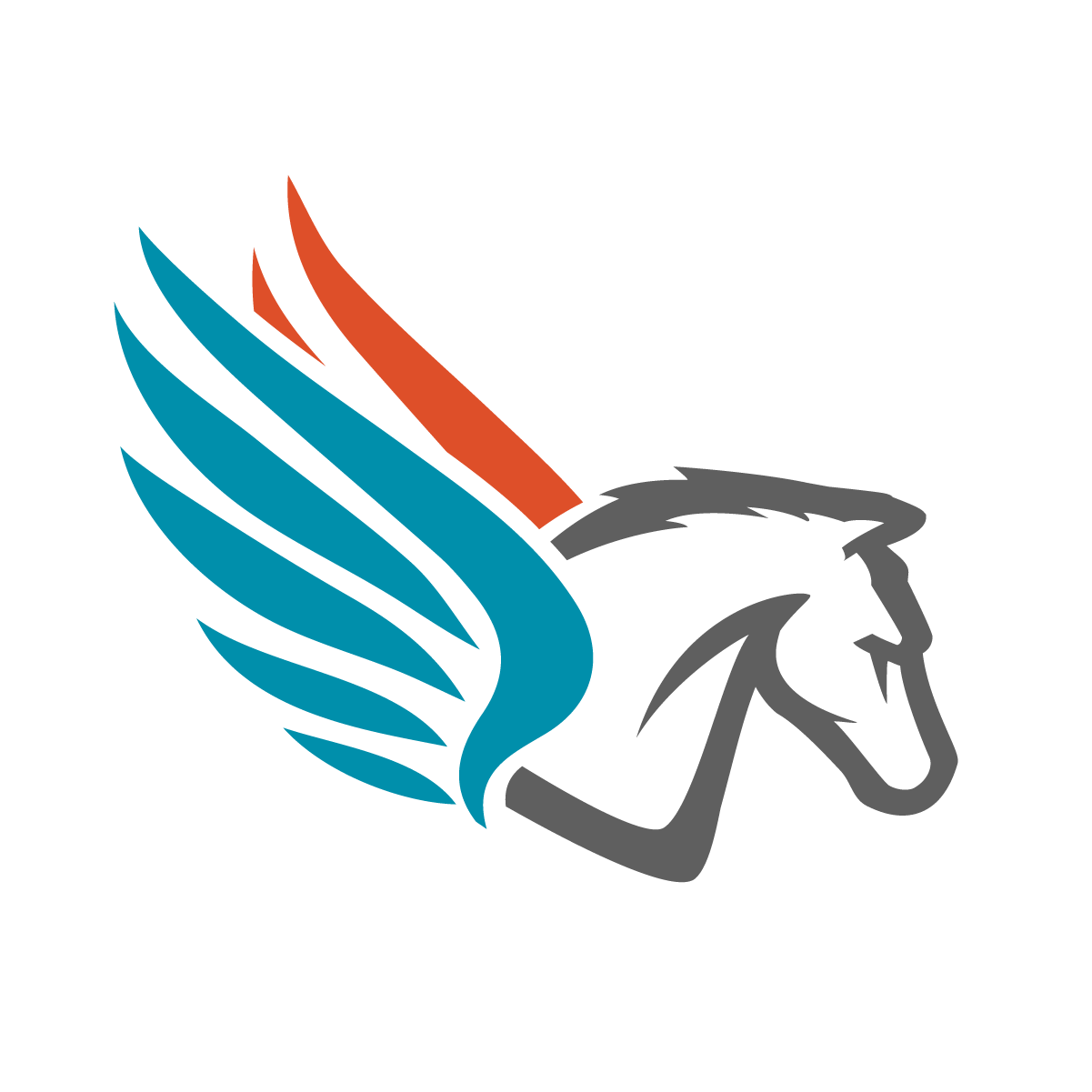Tips for Attending WUC 2024
Preparing for a conference
Many modern conferences are busy affairs, with multiple tracks, rooms, speakers and types of sessions. To take full advantage of a conference, approach the event with a thoughtful plan in place.
The following are a few key tips to help prepare for a conference:
A. Set basic goals
Take a moment to identify what you hope to achieve. Perhaps you’re excited about networking with industry leaders or you are interest in a specific track.
Once you have a clear understanding of your objectives, tailor your conference experience to make the most of it. Remember, having a well-defined purpose maximizes the benefits you gain from attending.
B. Research the agenda and speakers
It´s fully understandable the wish to see every single talk, but we are not able tIt’s just not possible, nor is it advisable, to go to every single session at a conference. Take the time to scrutinize the agenda, speakers, panels and workshops. Based on the goals that have been set, prioritize the sessions and events. Also, consider networking events adjacent to the main conference topic tracks — like a booth crawl or happy hour — that provide additional networking opportunities.
C. Schedule meetings
Besides conference sessions, there are also opportunities to network with colleagues, partners or potential clients. With a planned conference agenda in hand, filling in available time slots with meetings helps attendees to optimise time.
What to bring to a conference
There are several items attendees should bring to a conference. Among the most important are the following:
A. Smartphone
Wi-Fi at some conference venues is poor. By bringing along a smartphone with lots of data, it’s possible to tether the laptop to gain connectivity with a mobile hotspot. Again, be sure to bring the charger, as well as a battery pack; tethering heavily drains batteries.
B. Comfortable shoes.
With many conferences spanning multiple rooms across large venues, there can be a lot of walking. Wear comfortable yet professional shoes.
C. Printed schedule.
If phones die or Wi-Fi and connectivity fail, having a printed version of your schedule can be a lifesaver in navigating sessions, locations and timing.
D. Patience.
Even a well-planned conference takes a strange turn once in a while — consider overcrowded rooms, delayed sessions or a last-minute change in speakers. Packing a bit of patience — and unpacking it when necessary — makes for a more enjoyable experience for everyone.
During the conference
There are a number of best practices to consider throughout the conference. Some of them are:
A. Arrive early to obtain your entrance badge
The first day of a conference is when attendees typically receive a badge, and often, the line to get the badge is long — sometimes incredibly long. Be among the first to arrive to speed up this process and ensure registration for keynote speeches and sessions of interest. In addition, early attendees typically have an easier time becoming familiar with the venue in general.
B. Take notes and get session takeaways
You brought a laptop to take notes, so be sure to do that. The long-term value of a conference session is derived from an attendee’s ability to learn something new and leave with takeaways. Highlight key takeaways — stats, ideas, quotes and actions — that you feel resonate beyond the conference’s scope.
C. Ask questions
When possible and if appropriate, ask questions of the speakers about things that aren’t clear or about items of interest. Remember, that’s what the knowledge-sharing part of the conference is all about.
D. Don’t forget the hallway track
Many conversations and ad hoc meetings occur outside of session rooms out in the hallway. It’s a phenomenon known as the hallway track. At some conferences, the hallway track can be especially valuable, providing the opportunity to meet people and discuss topics of interest.
E. Attend social events
Conferences offer networking events. Choose ones that fit your schedule and interests. Don’t feel obligated to attend all of them. Use off-site events sparingly to complement learning time; be strategic in selecting among these with fellow attendees whose company you enjoy.
F. Hydrate
Conferences include long days in dry buildings, so staying hydrated is critical to feeling well and gaining the most from the experience.
After the conference
The activities and actions taken after a conference often yield some of the greatest benefits. After all, a conference is only a few days, but its impact can last a whole lot longer. Here are some after-conference actions to take:
A. Review notes and takeaways
Strong, detailed note taking, as mentioned above, enables thoughtful reflection after the conference. From there, diligent attendees can glean useful takeaways and action items.
B. Follow up
Stay connected with recent contacts by sending them a follow-up email or extending a LinkedIn invite.
C. Share with colleagues
Discuss the conference experience and key lessons from it with colleagues, especially those who did not attend. Share how takeaways could potentially impact your organisation’s collective work.
D. Provide feedback
Most conference organisers welcome feedback on what worked well and what could be improved. Providing thoughtful feedback helps shape the agenda for future events.
